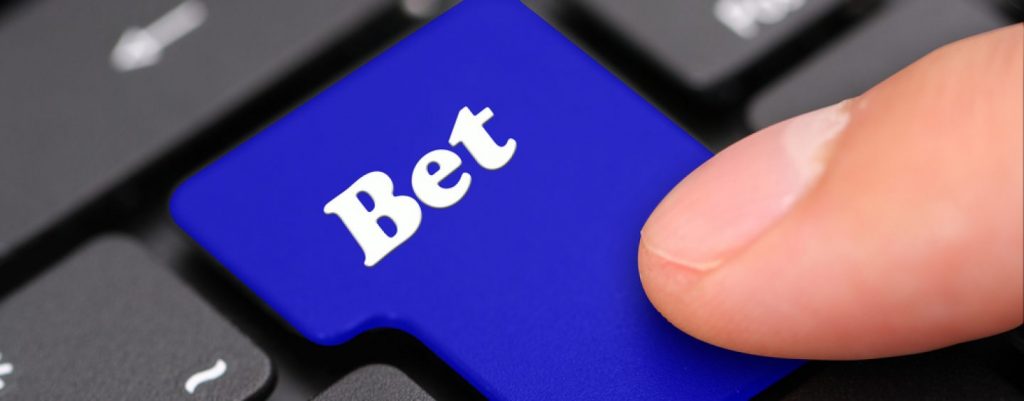The math of small bets
- Disregarding other factors, in order for a bet of 1/3 pot size not to be negative, we need to get a fold on it in one out of four cases.
- Three times we lose the bet, which together equals the loss of one pot: 3×1/3=1.
- On the fourth time, when the opponent folds, we take the pot and go to zero.
It turns out that if the opponent fouls on a small bet more than 25% of the time, we make money, and such a bet becomes profitable.
What Situations to Use
Small bets are usually placed on the flop. They’ll be the calm before the storm, because that’s rarely where it ends. You’ll have to fight for the right to take the pot on the turn and river.
Since small bets do not require frequent fouls from the opponent, you can do them with a wide range of hands. Mini-betting is especially effective when your hand range hits the board much better than your opponent’s range. For example, in situations where you raided preflop and the player on the big blind played a call. Or if you played 3-bet preflop and just got a call.
Small bets are most appropriate on dry boards with few possible draws

Computer programs (solvers), which are actively used by professionals for training, also prefer small bets on dry flops, confirming their plushness.
When using such bets, two scenarios are possible:
- The opponent fouls often, not wanting to fight back with blatantly weak hands. In this case, we just “print” money on his folds.
- The opponent is more likely to call our small bet and end up with more weak hands on the turn and river than to put himself in front of difficult decisions on the next streets. This leads to inevitable mistakes, and the opponent’s mistakes are a profit for us.
In addition to small bets in bluffs and half-bluffs, they can be bet with a ready nats.
None of the possible draws have closed, but we have practically nats and are no longer afraid of either straight or flush. If we bet a lot again, the opponent will pass, because he won’t have a chance to draw his draws. That’s where it makes sense to bet 1/3 of the pot, so he’ll be tempted to keep pulling outs, which won’t help him anymore. We may lose some money on the turn because it’s a small bet, but we can win a lot more on the river if he keeps going and catches a useless straight or flush.
Small bets in 3-bet pots
Everything written above is also true for 3-bet betting hands. The only differences are:
- Tighter ranges for both players.
- An increased pot size on the flop.
The first has almost no effect on the overall strategy, because the range of the player who played 3-bet is still much stronger than that of the dealer. But the second point is very helpful, because the bigger the pot, the more expensive the opponent’s mistakes will be.
That’s why bets of a third of the pot are very popular in 3-bet and 4-bet pots at the highest limits.
Ways to deal with mini-bets

Now that we know how dangerous the beast is, we can figure out how to deal with it. In hands where our range is much smaller than the opponent’s, we are doomed to lose money. So our job is to minimize our losses.
We can’t call a small bet all the time on the flop when we miss the board, because we’ll have to give up too often on the turn. But it does make sense to call with hands that have the potential to strengthen. Or with hands that can win on the showdown if your opponent decides to stop aggressing on the turn and river.
To summarize:
- Small bets will be an effective weapon in your poker arsenal.
- Betting 1/3 of a pot requires certain conditions to be a plus hand: our range must be stronger than our opponent’s, and the board must not contain too many draws.
- A small bet brings money on frequent fouls. And in the case of opponent’s call with weak hands, it leads to difficult decisions for him in the late streets.
- Such bets can be effective in small banks as well as in 3-bet or 4-bet pots.
- Small bets can and should be resisted.

